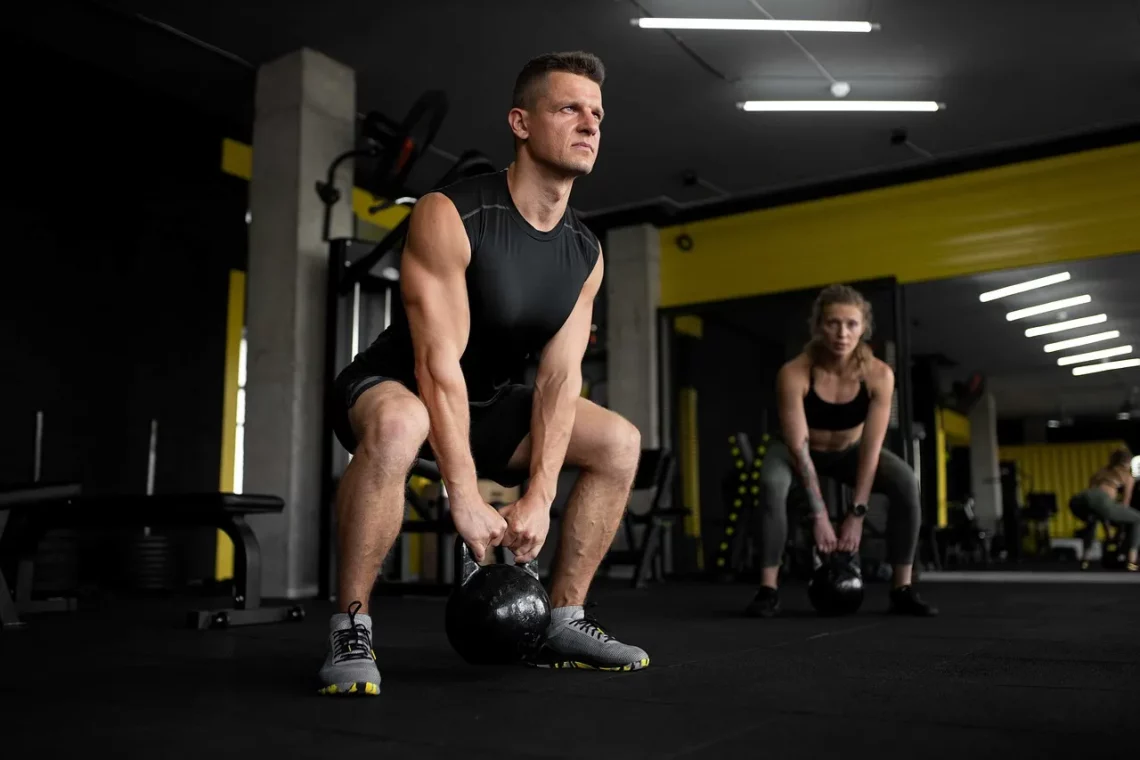
Essential Tips for Safeguarding Gym Concrete Floor Plates
A well-maintained gym environment is crucial for both the safety and performance of its users. Among various elements that contribute to a gym’s overall condition, the flooring plays a significant role, especially when it comes to concrete floor plates. These surfaces, while durable and practical, require careful consideration and protection to ensure longevity and safety. Over time, the wear and tear from heavy weights, high-impact activities, and environmental factors can lead to damage that not only affects the aesthetics of the gym but also poses risks to users.
Proper safeguarding of concrete floor plates is essential for maintaining a functional workout space that promotes safety and enhances the overall gym experience. When gym owners and managers prioritize the upkeep of their flooring, they also invest in the well-being of their clientele. With the right strategies in place, it is possible to prevent common issues such as cracks, chips, and uneven surfaces. Understanding how to protect these surfaces can save time and money in the long run, while also providing a safe training environment for athletes of all levels.
In this article, we will explore essential tips for safeguarding gym concrete floor plates, helping you ensure a safe and pleasant workout environment for all.
Regular Cleaning and Maintenance
One of the most fundamental aspects of protecting gym concrete floor plates is regular cleaning and maintenance. Debris, dirt, and moisture can accumulate on the surface, leading to deterioration over time. A structured cleaning routine not only enhances the appearance of the gym but also minimizes hazards such as slips and falls.
Start by sweeping the floors daily to remove dust and debris. For deeper cleaning, consider using a pressure washer or a floor scrubber equipped with appropriate cleaning solutions. Avoid using harsh chemicals that can damage the concrete; instead, opt for eco-friendly products that effectively clean without causing harm. Remember to dry the surface thoroughly after cleaning, as prolonged moisture can lead to mold growth and weaken the concrete.
In addition to regular cleaning, inspect the floor plates periodically for any signs of damage. Look for cracks, chips, or unevenness, as these can become safety hazards if left unaddressed. If you notice any issues, take immediate action to repair them. Small cracks can often be filled with concrete patching compounds, while larger areas may require professional assistance to ensure a proper fix.
Implementing a consistent cleaning and maintenance schedule not only extends the life of the concrete floor plates but also creates a more inviting atmosphere for gym-goers. A clean environment can positively impact the overall perception of your gym and encourage members to engage more actively in their fitness routines.
Utilizing Protective Coatings
Another effective method for safeguarding gym concrete floor plates is the application of protective coatings. These coatings act as a barrier against physical damage, chemical spills, and moisture infiltration. They can significantly enhance the durability of the floor while adding a layer of aesthetic appeal.
Epoxy and polyurethane are popular choices for protective coatings in gym settings. Epoxy coatings are known for their strength and resistance to wear, making them ideal for high-traffic areas. They also come in various colors and finishes, allowing gym owners to customize their space. Polyurethane, on the other hand, offers excellent UV resistance and flexibility, making it suitable for environments with changing temperatures.
Before applying any coating, it’s essential to prepare the concrete surface properly. This includes cleaning and etching the floor to ensure the coating adheres effectively. Once applied, follow the manufacturer’s instructions regarding curing times and maintenance. Regular inspections of the coating will help identify any wear and tear, allowing for timely reapplication when necessary.
Protective coatings not only extend the life of concrete floors but also contribute to a safer workout environment. By minimizing the risk of slips and falls due to moisture or spills, gym operators can protect their members and enhance their overall experience.
Implementing Proper Weight Distribution Practices
Weightlifting and high-impact activities are common in gym settings, often placing significant stress on concrete floor plates. To minimize damage and ensure safety, it is crucial to implement proper weight distribution practices.
Gym owners should encourage members to use designated weightlifting platforms or mats. These areas are designed to absorb impact and distribute weight evenly, reducing the risk of cracking or chipping the concrete. Additionally, providing adequate padding under heavy lifting equipment can further protect the floor from damage.
Educating gym-goers about safe lifting techniques is equally important. Proper form not only improves performance but also reduces the risk of accidents that could lead to injuries or damage to the floor. Consider offering workshops or informational sessions focused on weightlifting best practices to promote a culture of safety within the gym.
Another aspect of weight distribution is the careful placement of equipment. Ensure that heavy machines are placed on stable, level surfaces to prevent shifting or tipping. Regularly check that all equipment is securely anchored and maintained to avoid accidents that could compromise both user safety and floor integrity.
By implementing these practices, gym owners can significantly reduce the risk of damage to their concrete floor plates while fostering a safe environment for all users.
Investing in High-Quality Flooring Solutions
While concrete floor plates offer durability, investing in high-quality flooring solutions can provide even greater protection and longevity. Consider alternative flooring materials that complement concrete, such as rubber tiles or interlocking mats. These options can absorb shock, reduce noise, and provide excellent traction, ultimately enhancing the safety and comfort of gym-goers.
Rubber flooring, in particular, is a popular choice in fitness facilities due to its resilience and ease of maintenance. It can withstand heavy weights and high-impact activities while providing cushioning that protects both the floor and the joints of users. Additionally, rubber flooring is available in various thicknesses and styles, allowing for customization to suit the specific needs of the gym.
When selecting flooring solutions, prioritize materials that are specifically designed for fitness environments. Look for options that resist moisture, are easy to clean, and provide traction to minimize slip hazards. Consulting with flooring specialists can help identify the best solutions that meet the unique demands of your gym.
Investing in high-quality flooring not only protects concrete floor plates but also enhances the overall user experience. A well-designed gym environment can attract new members and promote a positive workout atmosphere, ultimately contributing to the success of the facility.
In conclusion, safeguarding gym concrete floor plates is essential for maintaining a safe and efficient workout environment. By implementing regular cleaning and maintenance, utilizing protective coatings, adopting proper weight distribution practices, and investing in high-quality flooring solutions, gym owners can protect their investment and enhance the overall experience for their members.
**Disclaimer: This article is not a substitute for professional medical advice. Always consult a healthcare provider for any health concerns or medical conditions.**




